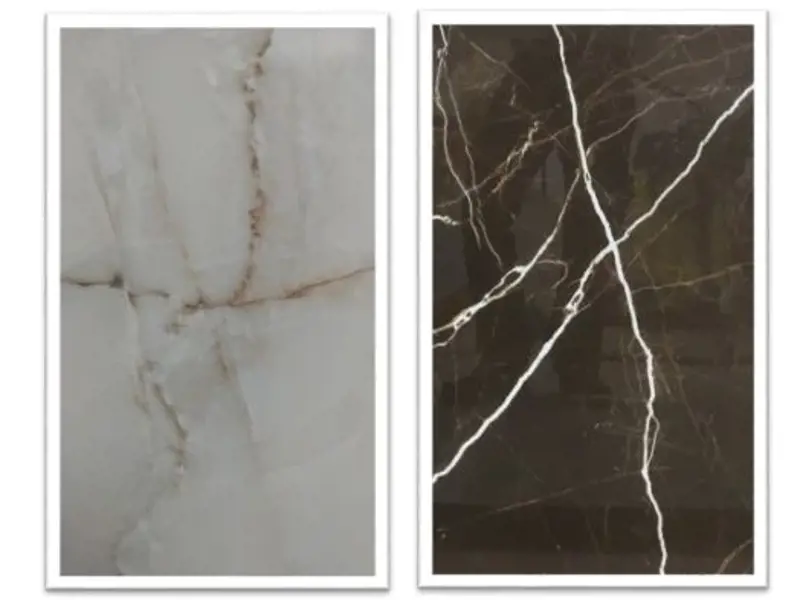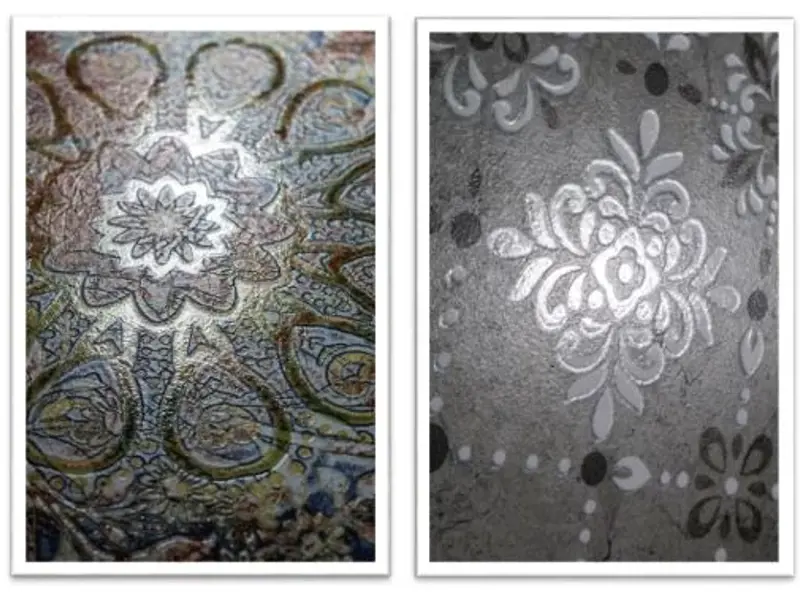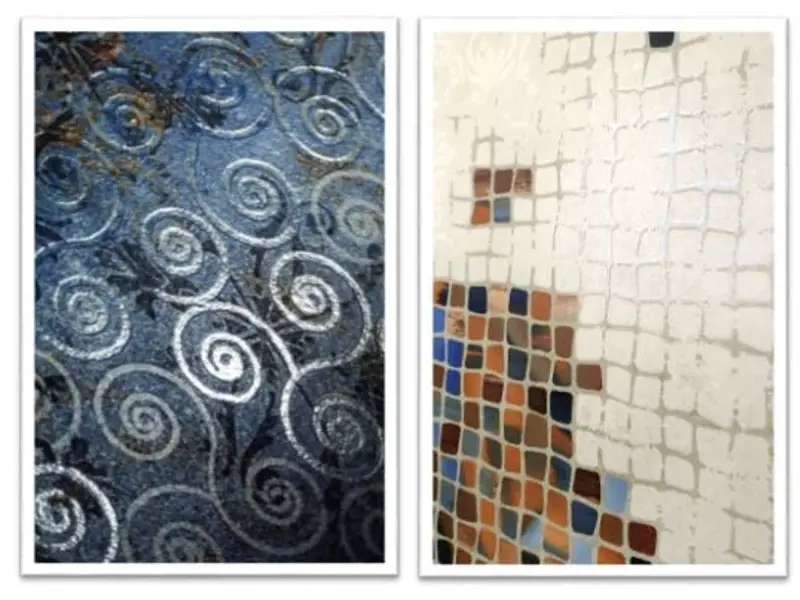Ceramic tile design trends at Cevisama 2019
- Categories:
- Ceramics ,
- Xaar 2201+ C
In Valencia at Cevisama 2019, the dominant trend for ceramic tile decoration was a neutral palette of earth tones ranging from beiges and greys to dark granites.
Three main categories of tile design were evident at the show: marble, concrete and wood grain. The majority of marble effect tiles on display were granite-based designs with either a primarily black or a primarily white background and contrasting veins.
Concrete effect has gained in popularity because the abrasion resistance, sealed surface and availability in large sizes makes tiles a more attractive choice as compared to the use of genuine concrete.
Wood grain effect relies on natural-looking texture and colours, so high print quality is key. Another trend is relief pressed into the tile at the shaping process; with digital inkjet decoration, there is no physical contact with the tile, so the textured surface doesn’t interfere with the natural material representation and a seamless look is achieved with ink coverage right to the edge of the tile.
The design trends seen at Cevisama are all consistent with the Xaar 2001+ printhead’s capability for exceptional ceramic tile decoration.
Marble effect
Designs with strong colours, such as a high proportion of black, which require very high ink laydown, are possible with the Xaar 2001+ printhead, as it is capable of up to 40 g/m2 laydown at 25 metres per minute line speed. With its 720 dpi resolution, the smallest features, such as rock veins, can be replicated accurately as well as reproduction of the subtle gradients found in onyx and marble.

Concrete and stone effect
Realistic tones and fine details can be easily achieved with the Xaar 2001+ printhead. By using a printhead with 720 dpi resolution as compared to other offerings at 360 dpi, images are created from more drops and with smaller drops, elevating the print quality. The colour gradient achieved at low ink percentage is a particularly strong point. This allows tile manufacturers to produce subtle gradients in stone designs accurately.

The Xaar 2001+ printhead can achieve the print quality necessary for bold patterns and effects. To differentiate themselves from the competition, tile manufacturers can employ the unique High Laydown (HL) Technology developed by Xaar. The Xaar 2001+ printhead with HL Technology produces an ink laydown of up to 120 g/m2 at 35 m/min line speed – or 170 g/m2 at 25 m/min line speed. These high ink deposition rates, even at high speed, allow for intense effects such as metallic, gloss and lustre to stand out.

To obtain even more versatility in ceramic tile printing, dual colour mode delivers two different effects from the same Xaar 2001+ printhead; for example, matte and gloss with each one capable of providing up to 85 g/m2 at 25 metres per minute. This option offers economy in terms of printheads required in a printbar and reduces machine complexity.

